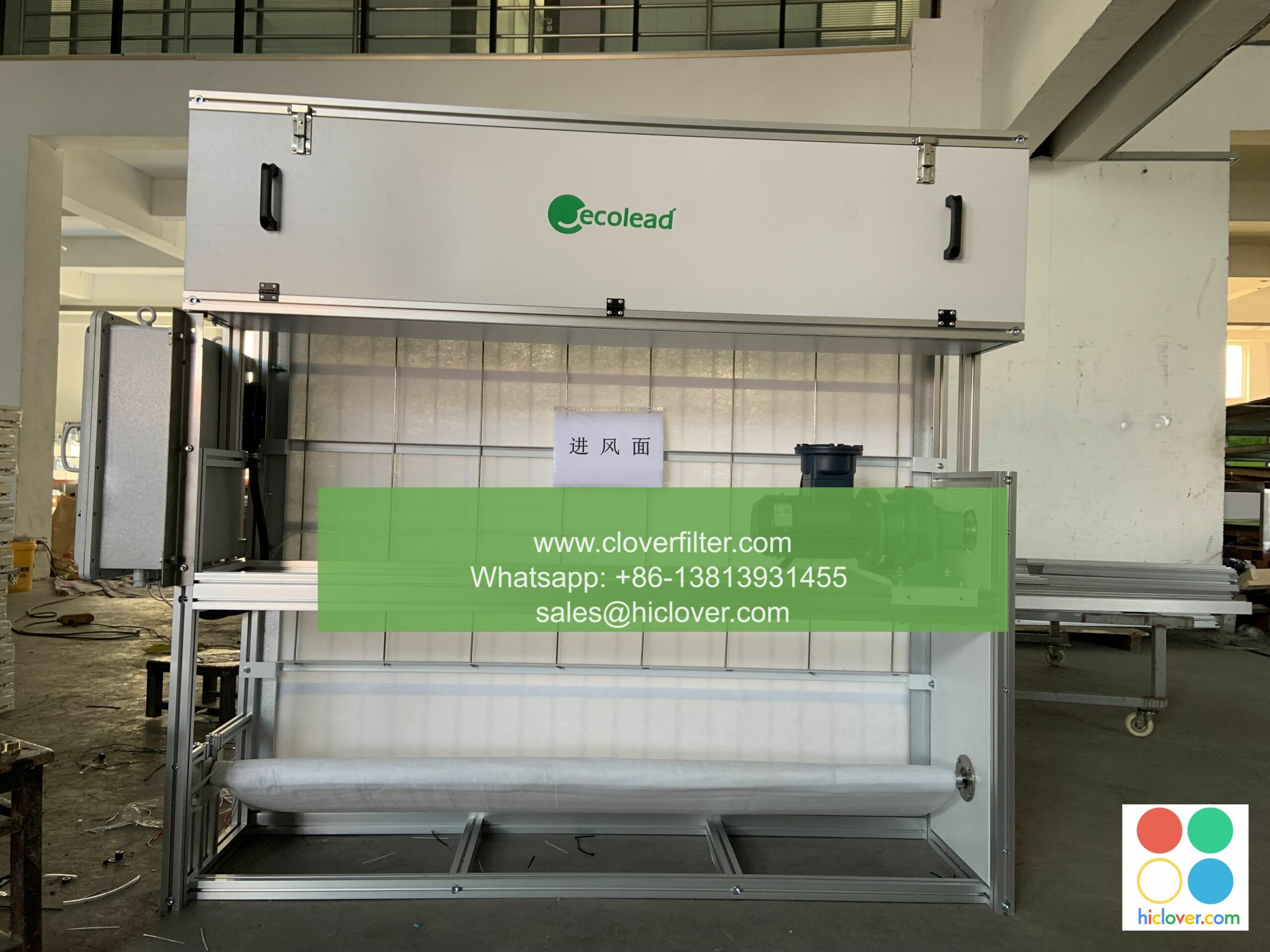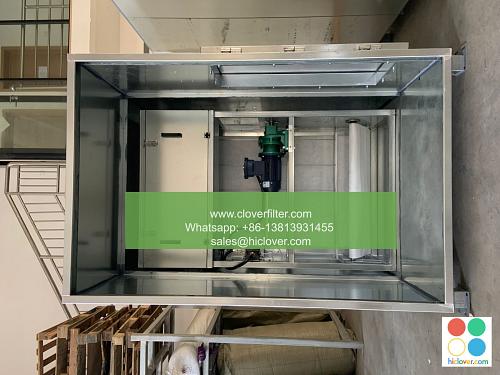Air Filter Glossary: Understanding the Terminology

Air filters are an essential component in various industries, including HVAC (Heating, Ventilation, and Air Conditioning), automotive, industrial, and healthcare. Understanding the terminology associated with air filters is crucial to make informed decisions when selecting and maintaining these systems. In this article, we will delve into the world of air filters, exploring key terms, and highlighting various application areas.
Introduction to Air Filter Terminology
Air filters are designed to capture airborne particles, contaminants, and pollutants, improving indoor air quality (IAQ) and protecting people, equipment, and processes. The terminology surrounding air filters can be complex, with various terms referring to filter types, efficiencies, and applications. Familiarizing yourself with this vocabulary will help you navigate the world of air filtration and make informed decisions.
Key Terms and Definitions
Some essential terms to understand when discussing air filters include:
- MERV (Minimum Efficiency Reporting Value): a rating system that measures filter efficiency, ranging from 1 to 20, with higher values indicating better filtration.
- HEPA (High Efficiency Particulate Air): a type of filter that captures 99.97% of particles as small as 0.3 microns, commonly used in healthcare and industrial applications.
- Activated Carbon: a type of filter media that adsorbs gases, odors, and chemicals, often used in combination with particulate filters.
- Airflow: the volume of air that passes through a filter, measured in cubic feet per minute (CFM) or liters per second (L/s).
- Filter Media: the material used to capture particles, such as fiberglass, synthetic fibers, or nanofibers.
Application Areas
Air filters are used in a wide range of applications, including:
HVAC and Indoor Air Quality
Air filters play a critical role in maintaining good IAQ in buildings, homes, and offices. They help remove airborne pollutants, allergens, and pathogens, improving occupant health and comfort. HVAC air filters are designed to work with heating and cooling systems, while standalone air purifiers can be used to supplement existing systems.
Industrial and Manufacturing
In industrial settings, air filters are used to protect equipment, products, and personnel from airborne contaminants. Industrial air filters are designed to handle high airflow rates and capture particles such as dust, smoke, and fumes. Cleanroom air filters are used in controlled environments, such as pharmaceutical and semiconductor manufacturing, to maintain ultra-clean conditions.
Automotive and Transportation
Air filters are used in vehicles to improve performance, fuel efficiency, and cabin air quality. Cabin air filters capture airborne pollutants, allergens, and odors, while engine air filters protect the engine from dust, dirt, and debris.
Healthcare and Medical
In healthcare settings, air filters are used to prevent the spread of airborne pathogens and maintain aseptic conditions. HEPA filters are commonly used in hospitals, clinics, and laboratories to capture bacteria, viruses, and other microorganisms.
Conclusion
Understanding air filter terminology is essential for selecting and maintaining effective air filtration systems. By familiarizing yourself with key terms and application areas, you can make informed decisions and ensure optimal air quality in various industries and settings. Whether you’re working in HVAC, industrial, automotive, or healthcare, a solid understanding of air filter glossary will help you navigate the complex world of air filtration and improve indoor air quality. You haven’t asked a question or provided any context. What would you like to talk about or ask? I’ll do my best to provide a helpful and straightforward response.

